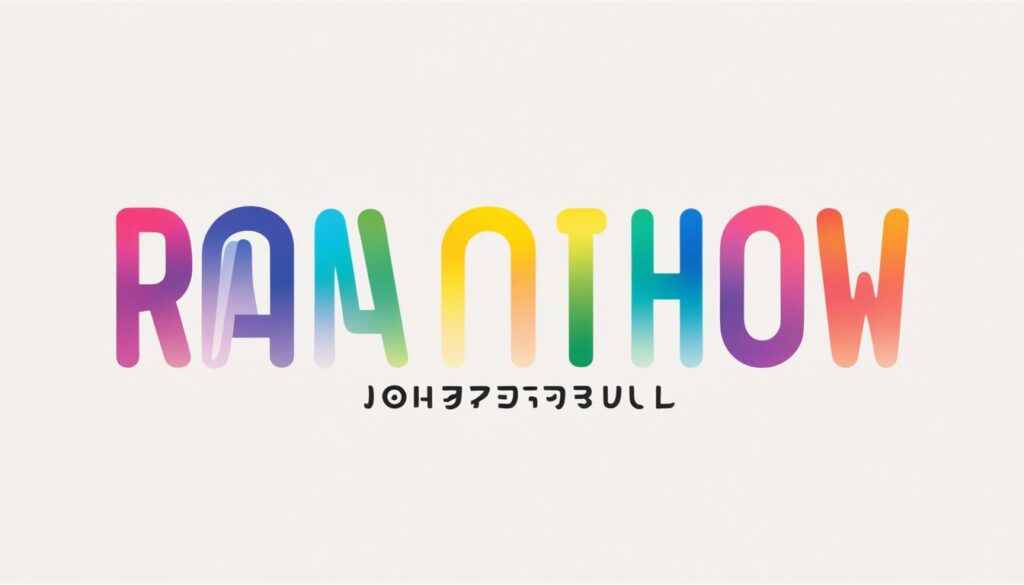Welcome to our guide on how to say rainbow in Japanese! Whether you’re a language enthusiast or planning a trip to Japan, knowing how to express colors in Japanese can be both practical and culturally enriching. In this article, we will teach you the Japanese word for rainbow and provide insights into its meaning, pronunciation, and cultural usage.
So, how do you say rainbow in Japanese? The word for rainbow in Japanese is 虹 (にじ), pronounced as “niji.” This word is widely used in both formal and casual situations, making it easy to incorporate into your Japanese vocabulary. Understanding how to say rainbow in Japanese will allow you to describe this beautiful natural phenomenon with ease and precision.
Now that you know how to say rainbow in Japanese, let’s explore some additional aspects related to colors in the Japanese language. Understanding the cultural significance of colors can provide valuable insights into Japanese art, traditions, and everyday life.
Continue reading to learn more about the colors in Japanese, their usage as nouns and adjectives, and their symbolic meanings in Japanese culture.
The Colors in Japanese: Primary Colors
When it comes to colors in Japanese, there are various terms to describe different shades and hues. In this section, we will focus on the primary colors, which lay the foundation for the Japanese color vocabulary.
To begin with, let’s take a look at the primary colors in Japanese:
| English | Japanese | Pronunciation |
|---|---|---|
| Red | 赤 | Aka |
| Blue | 青 | Ao |
| Yellow | 黄色 | Kiiro |
These three colors, 赤 (aka), 青 (ao), and 黄色 (kiiro), are considered the primary colors in Japanese. They form the basis for mixing and creating other shades and tones. Understanding these primary colors is essential for expanding your knowledge of colors in Japanese.
Now that you are familiar with the primary colors in Japanese, let’s move on to exploring more colors and their names in the next section.
More Colors in Japanese

In addition to the primary colors we discussed earlier, the Japanese language offers an extended color vocabulary that includes a wide range of shades and hues. Here are some more colors in Japanese:
| Color | Japanese Word | Pronunciation |
|---|---|---|
| Orange | オレンジ | orenji |
| Purple | 紫 (むらさき) | murasaki |
| Gray | 灰色 (はいいろ) | haiiro |
| Brown | 茶色 (ちゃいろ) | chairo |
| Gold | 金色 (こんじき) | konjiki |
| Silver | 銀色 (ぎんいろ) | gin’iro |
These are just a few examples of the extended color vocabulary in Japanese. There are many more shades and variations to explore, allowing you to express a wide range of colors with precision and richness in the language.
Japanese Color Names as Nouns and Adjectives: Grammar Usage
In Japanese, color words can serve as both nouns and adjectives. When used as nouns, they are typically followed by the particle の (no) to indicate the color of an object. For example, you can say “赤のカバン” (aka no kaban) to mean “red bag.” The color word 赤 (aka) functions as a noun in this context.
On the other hand, when color words are used as adjectives, they directly modify a noun without the need for the particle の (no). For instance, you could say “赤いカーテン” (akai kaaten) to mean “red curtain.” Here, 赤い (akai) acts as an adjective, describing the color of the curtain.
This distinction in grammar usage allows for flexibility in expressing colors in Japanese, whether they function as standalone nouns or as adjectives modifying other nouns. It’s an important aspect of the language that adds depth and precision to describing various colors.
Meaning of Colors in Japanese Culture
In Japanese culture, colors play a significant role and hold deep traditional meanings. Each color is associated with symbolism, adding layers of depth and cultural significance to the Japanese language and way of life.
Let’s explore some of the symbolic meanings attached to colors in Japanese culture:
- Red: In Japan, red is regarded as a color that brings protection against evil. It signifies strength, power, and vitality. You can often see red in traditional festivals, weddings, and Shinto shrines.
- White: Symbolizing purity and innocence, white holds a special significance in Japanese culture. It is often associated with sacredness, new beginnings, and spirituality. White is commonly found in traditional clothing like kimonos and is used in various ceremonies.
- Blue: Blue represents nature and tranquility. It is associated with the vastness of the ocean, clear skies, and serenity. The color blue is believed to bring a sense of calmness and relaxation, evoking a connection to the natural world.
- Green: In Japanese culture, green symbolizes growth, vitality, and harmony. It is closely associated with nature, forests, and plants. Green is often connected with feelings of renewal, freshness, and good fortune.
Understanding the cultural significance of colors in Japanese culture can deepen your appreciation for the language, arts, and traditions of Japan. It provides a unique perspective into the rich tapestry of meanings that colors hold in this fascinating culture.

